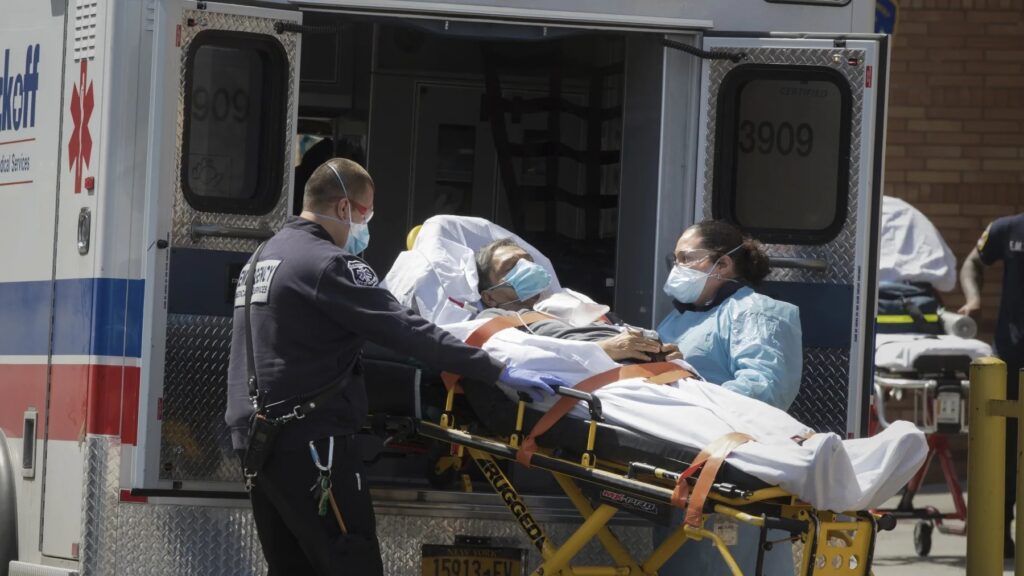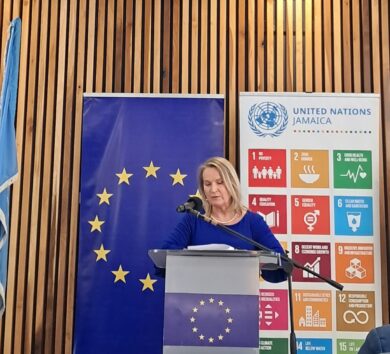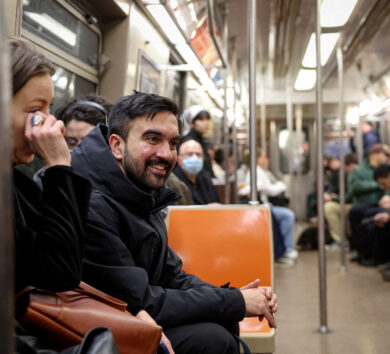
Over 300,000 Americans have now died from the COVID-19 pandemic as infections surge across the country at a disturbing rate.
As of today, 16.2 million people in the US have been infected with the virus as numbers now spiral with hospitalizations of over 110,000 putting healthcare centres under enormous pressure.
The US is now averaging 210,000 infections a day with over 2,500 deaths daily. The situation is a lot more serious than it was earlier this summer. Many scientists did say the virus would become more virulent and destructive during the winter months.
President Trump and many of his supporters downplayed the importance of wearing masks and social distancing.
It is apparent now that as a preventative measure, infection and death rates would have been reduced if more Americans had complied with this solution.
It took three months for the US to record its first one million infection cases. America has now moved from 15 million cases to 16 million cases in just four days.

There have been 30,000 deaths in the first two weeks of December. According to John Hopkins University, Friday saw 3,309 deaths from coronavirus. Yesterday (Saturday) 3,400 deaths were recorded, considerably more than the daily average of 2,000 fatalities during the height of the first wave of the pandemic earlier this year.
Florida, where many people of Caribbean origin live, has seen over 20,000 deaths since March of this year—with yesterday (Saturday) seeing 72 people dying from COVID-19.
Dr Robert Redfield, director of the Centers for Disease Centre and Prevention (CDC) expects deaths to reach 450,00 before February next year. The esteemed model from the University of Washington’s Institute for Health Metrics and Evaluation predicts more than 460,000 fatalities by March despite the roll-out of vaccines.

Of the rapid increase in COVID-19 infections and deaths, Dr Peter Szilagyi of the University of California and an advisory committee member of the CDC said: “I know we’re going to have tough and hard times ahead because of the surge and a limited vaccine supply. But I am very hopeful that this is the beginning of the end of the coronavirus pandemic.”
The CDC has announced that the Advisory Committee on Immunisation Practices has given the go-ahead for the first authorised coronavirus vaccine for people who6are sixteen years and older.
It made it clear that the country’s healthcare workers and long-term patients should be vaccinated first. UPS trucks hit the road on Sunday delivering the first doses of the Pfizer vaccine.
President-elect Joe Biden is looking to get one hundred million Americans—a third of the population, vaccinated by April.

America’s leading infectious disease expert Dr Anthony Fauci, assessing how best to contain the rapid spread of the virus, said: “Until you have a virus that is so low in society, we as a nation need to continue to wear the mask, to keep the physical distance, to avoid crowds. We’re not through with this just because we’re starting a vaccine programme. Even though you as an individual might have gotten vaccinated, it is not over by any means. We still have a long way to go.”







Comments